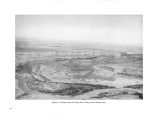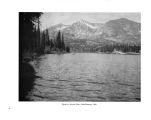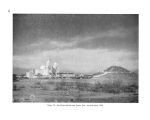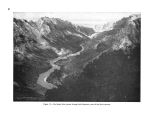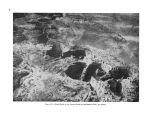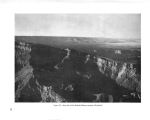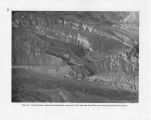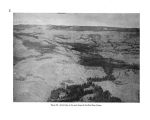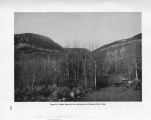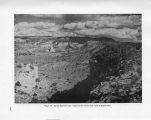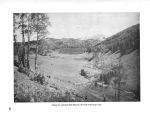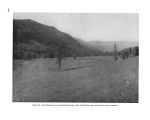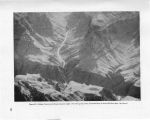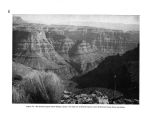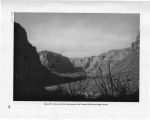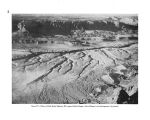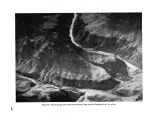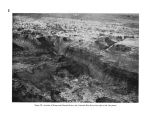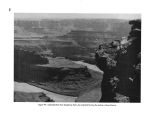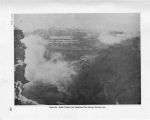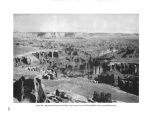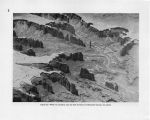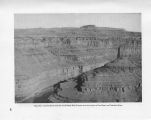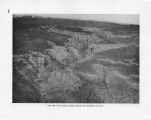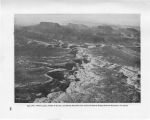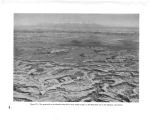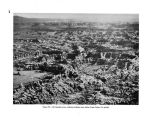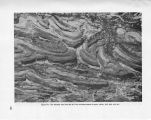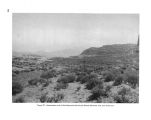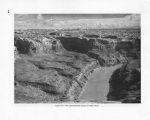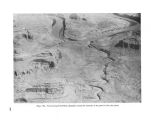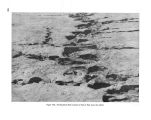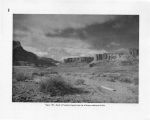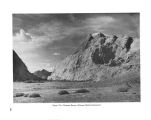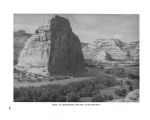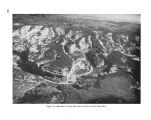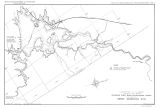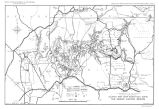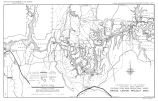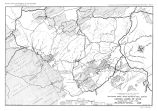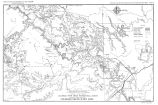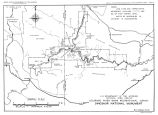| OCR Text |
Show 32, and 36 of the surveyed lands in each township are State school lands. The State has a definite program for the consolidation of State lands through exchange for public domain, but so far as is known there has been no consolidation in this section of the State. There are four national monuments within the area: Navajo National Monument in the Navajo Indian Reservation, consisting of three detached units totaling 360 gross acres; Natural Bridges National Monument, containing 2,650 gross acres, located near the head of White Canyon about 30 miles west of Blanding, Utah; Capitol Reef National Monument, 36,393 gross acres of rugged colorful scenery located east of Torrey, Utah; and Rainbow Bridge National Monument, 160 gross acres, west of Navajo Mountain, set aside to preserve the famous bridge. Bryce Canyon National Park, with 36,010 gross acres, is within the circumferential roads but at the edge of the high plateaus which form the topographic boundary of the west side of the area. The 34,250 gross acres in Arches National Monument north of Moab are just outside of the road belt. The 109,823 acres in the national park and monuments represent less than 0.9 percent of the total acreage. The Abajo Mountain- Elk Ridge section of the La Sal National Forest, containing more than two- thirds of the total 516,768 acres ( gross) in the forest, lies within the area and the La Sal Mountains section adjoins the area just east of Moab. The Manti, Fish Lake, and Dixie National Forests lie along the west edge. All of the area south of the San Juan River and east of the Colorado River, about one- fifth of the 20,000 square miles, is part of the western and northern Navajo Indian Reservations. All of the public domain land is included in grazing districts administered by the Bureau of Land Management. Certain lands along the Colorado, Green, and San Juan Rivers have been withdrawn for Bureau of Reclamation water control projects. Other small scattered withdrawals have been made in connection with irrigation projects, chiefly in the section around Price, Utah. The large withdrawal on the Colorado River north of the La Sal Mountains is for the proposed Dewey Reservoir which is outside of the area under consideration. USE OF NATURAL RESOURCES Water.- Of primary concern to the State and the Nation is the proper utilization of the natural resources of this vast area in southeastern Utah. The Colorado, Green, and San Juan Rivers offer opportunities for great power developments. In the comprehensive plan for the development of the water resources of the Colorado River Basin consideration is given by the Bureau of Reclamation to the possibility of constructing two large hydroelectric dams on the Colorado River; one, either at the Glen Canyon site 4 miles above Lees Ferry, Ariz., or at an alternate site 15 miles above Lees Ferry, and the other at the Dark Canyon site in Cataract Canyon, 3 miles above the mouth of Dark Canyon. These two dams would impound the Colorado River from just above Lees Ferry to Moab, Utah, a distance of 279 miles, and the lower 62 miles of the Green River. Tentative plans for the Glen Canyon site indicate that a dam 414 feet high would create a reservoir which at normal water surface elevation of 3,528 feet would have a surface area of 65,000 acres and a capacity of 8,600,000 acre- feet. The slack water would extend 186 miles up the Colorado to the Dark Canyon Dam site. There conditions are reported favorable for construction of a high dam which would back water to Moab and up the Green River. The Glen Canyon site would be accessible from United States Highway 89, 131 miles by road north of Flagstaff, Ariz. The Dark Canyon site is at present inaccessible except by boat or horseback. The nearest automobile trail is at North Wash, 18 miles downstream. There are three power site possibilities in the San Juan River Canyon below Mexican Hat- one in the Goosenecks of the San Juan, one near the mouth of Slickhorn Canyon, and the other in the Great Bend of the river. The potential dams and reservoirs would eliminate the thrills of boating down the untamed rivers. The depths of the river canyons would be reduced. The deadly rapids of Cataract Canyon, responsible for the tragic ending of several canyon voyages, and the sand bars and the often shallow waters of Glen Canyon, would be gone. But the Glen Canyon Reservoir would provide access to the wonders of the canyons. 184 |




























